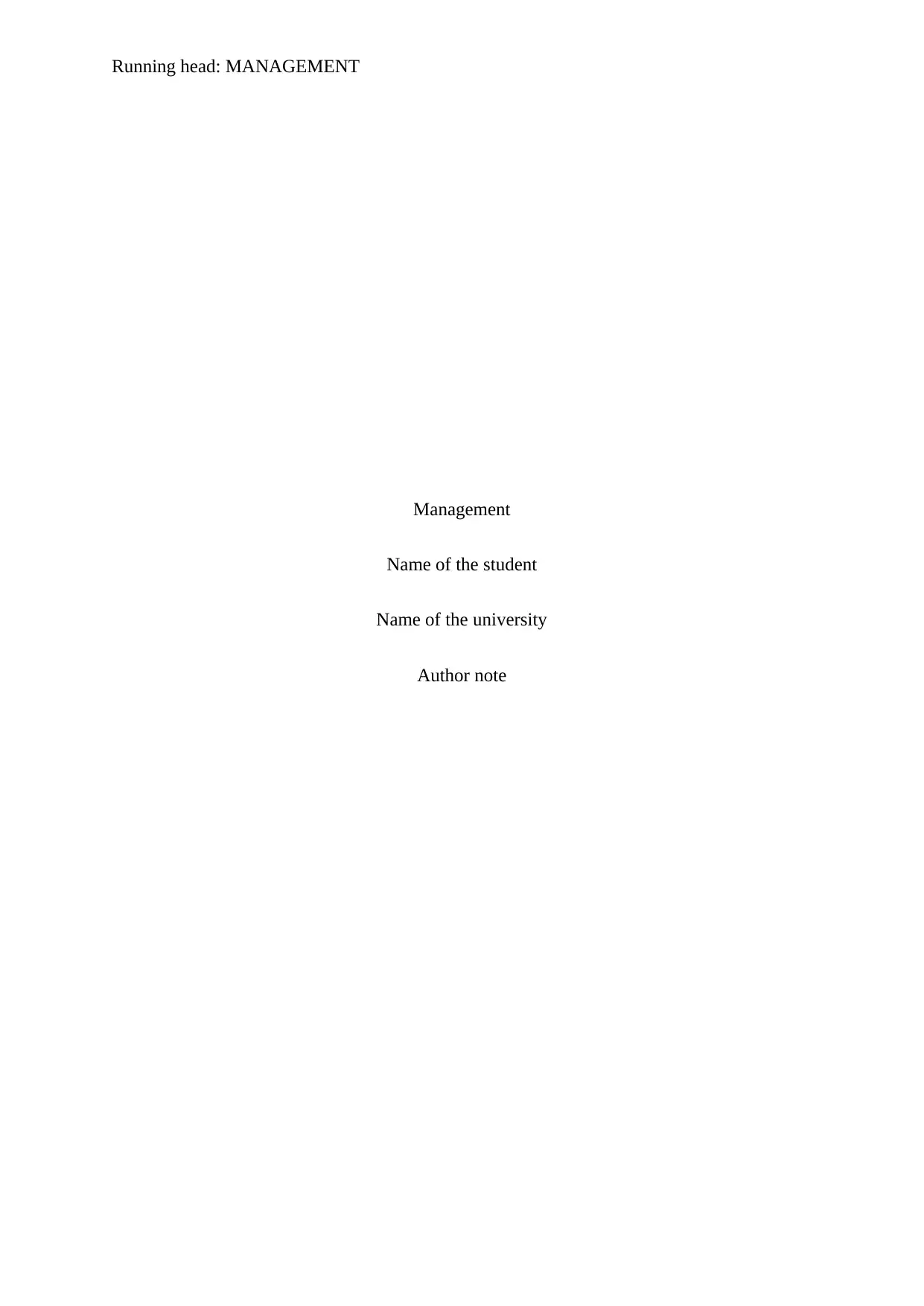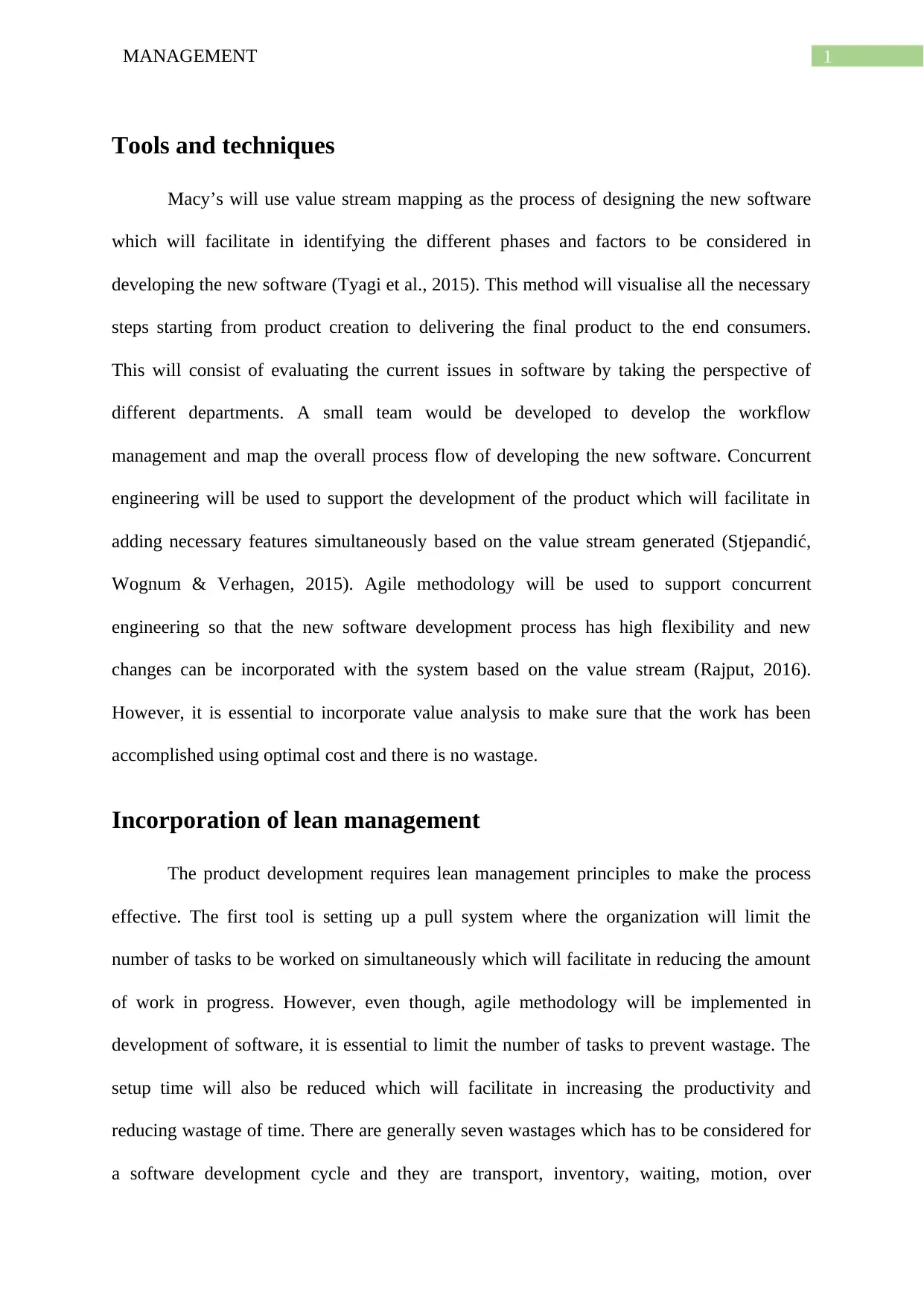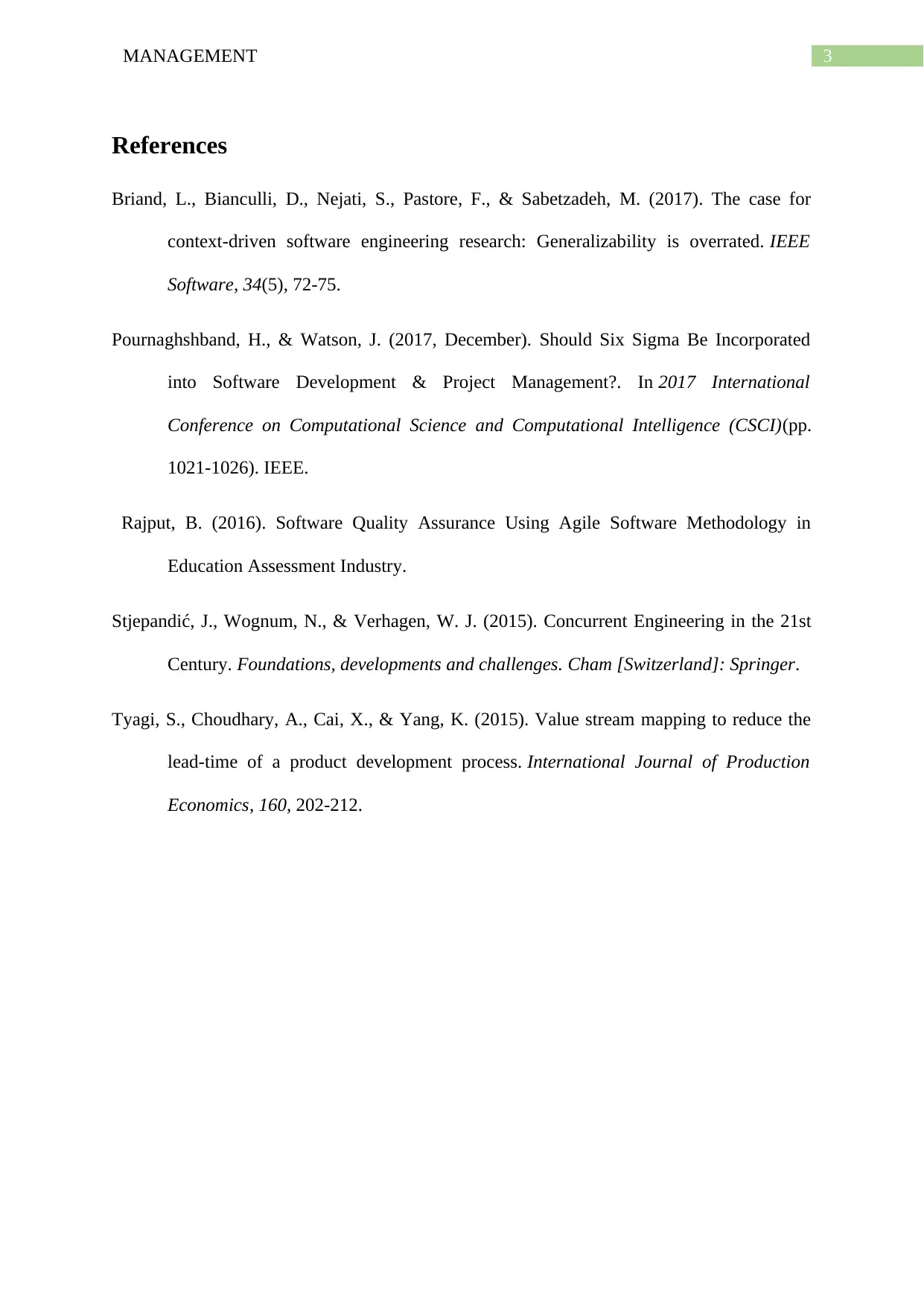Management: Tools, Techniques, Lean Principles, Sustainability, and Involvement
VerifiedAdded on 2023/04/23
|4
|842
|308
AI Summary
This document discusses the tools and techniques used in software development, incorporation of lean management principles, factors essential for sustainability, and legal, cultural, global, and human involvement. It also includes references.
Contribute Materials
Your contribution can guide someone’s learning journey. Share your
documents today.
1 out of 4
![[object Object]](/_next/static/media/star-bottom.7253800d.svg)








